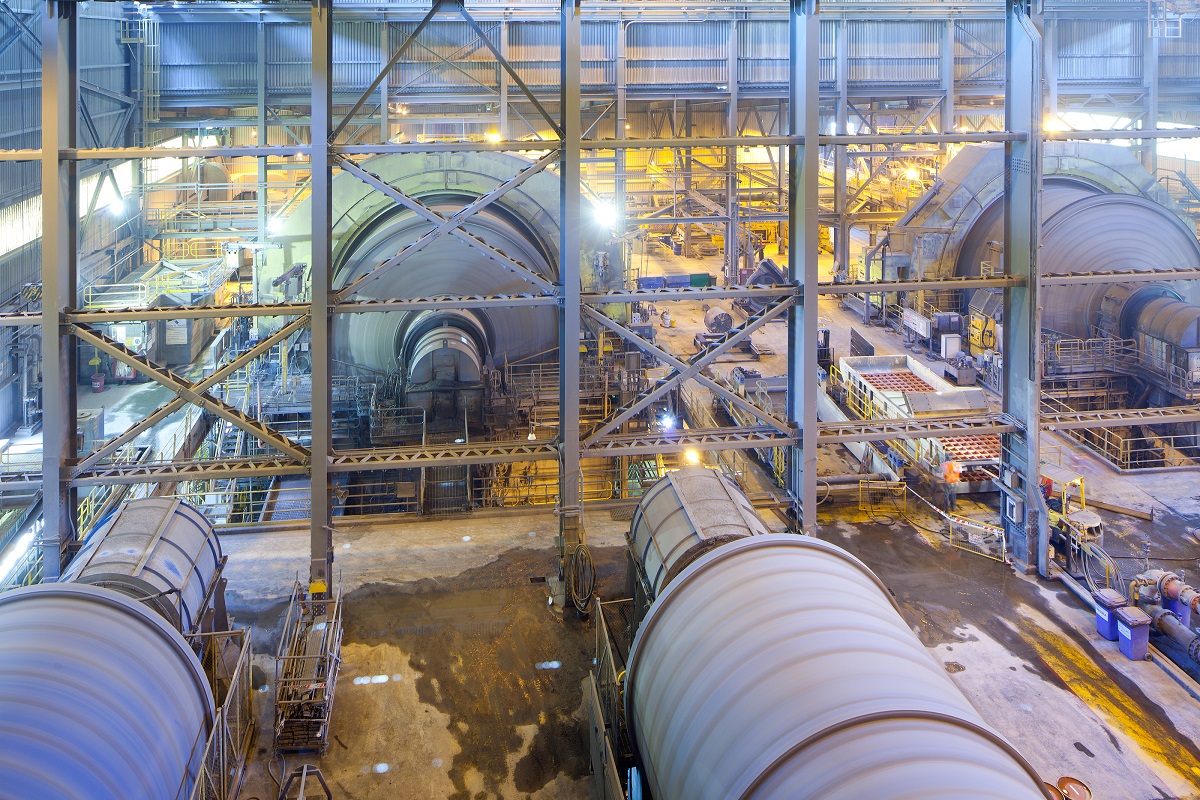
With an optimized maintenance strategy plan, the 495B1 shovel could increase availability up to 3.8%, equivalent to eliminating $3.87 million per year in downtime costs.
In the mining industry, where the product is a commodity in a highly competitive market, any improvements in efficiency can help increase profitability. Equipment availability and reliability is one area ripe for improvement at many mining operations. Minera Compania Collahuasi, a Chilean mining company that produces copper concentrate, copper cathodes and molybdenum concentrate from three open-pit mineral deposits, found that analyzing reliability is well worth the effort.
The Problem
Located in the Andean plateau of northern Chile, Collahuasi is one of the country's four largest copper producers. Two Bucyrus 495HR and five 495B1 shovels are workhorses at the Collahuasi mine. Collahuasi's seven pieces of equipment must remain in good working order for the site to fulfill its output goals. The availability and reliability of these machines have a significant impact on production and profitability. When one fails, it costs the mine up to $20,000 per hour.
Collahuasi wanted to optimize its maintenance practices on the 495HR and 495B1 machines to reduce instances of equipment failure. The company hired ARMS Reliability to study the issue and make recommendations for improvements to maintenance procedures.
The Solution
ARMS conducted a thorough Reliability, Availability, Maintainability (RAM) analysis. The firm studied all aspects of maintenance and reliability, including machine availability and predictable critical component failures of the Bucyrus 495HR and 495B1.
ARMS' engineers engaged a Failure Modes Effect and Criticality Analysis (FMECA) and Reliability Block Diagram-based model. The model represents likely failure modes for the shovels, assesses the effects of such failures, and details recommended maintenance tasks.
The study used reliable quantitative data sourced from:
- On-site experience
- Manufacturer's recommendations
- Failure data from 495B1 shovels in service at Collahuasi
- Maintenance data from other 495HR shovels in service
In order to accurately gauge maintenance costs, the model took into account many factors, including labor costs to make repairs, spare part prices, and major equipment needed to service the shovels. After completion of the reliability model, data was loaded into Isograph's AvSim+, an availability simulation and system optimization tool, used to predict the availability of the shovels.
The Outcome
ARMS Reliability found that over the projected remaining machine life of 20,000 hours, the 495B1 shovel would have an average annual availability of 74.0%. With an optimized maintenance strategy plan, the 495B1 shovel could increase availability up to 3.8%, equivalent to eliminating $3.87 million per year in down-time costs. This result could be realized through optimization of preventive maintenance task intervals, improved inspections and improved motor overhauls. Achieving these gains may require improving detection techniques and training, or adapting an alternate detection method.
Over the 100,000 hour lifetime of the 495HR shovel, the projected availability is 78.5%. Optimizing the current maintenance strategy plan on this machine would yield a modest gain of 1.0%
ARMS Reliability concluded that there is a big opportunity to increase availability and decrease costs by improving the quality of electric motor rebuilds. Reviewing quality assurance procedures with outside motor rebuild vendors could help reduce these costs. The mine adopted several recommendations and reports that shovel performance is improving.

Questions? We'll put you on the right path.
Talk to us about our RAM analysis services and technical solutions. We are ready to help.
Contact Us
